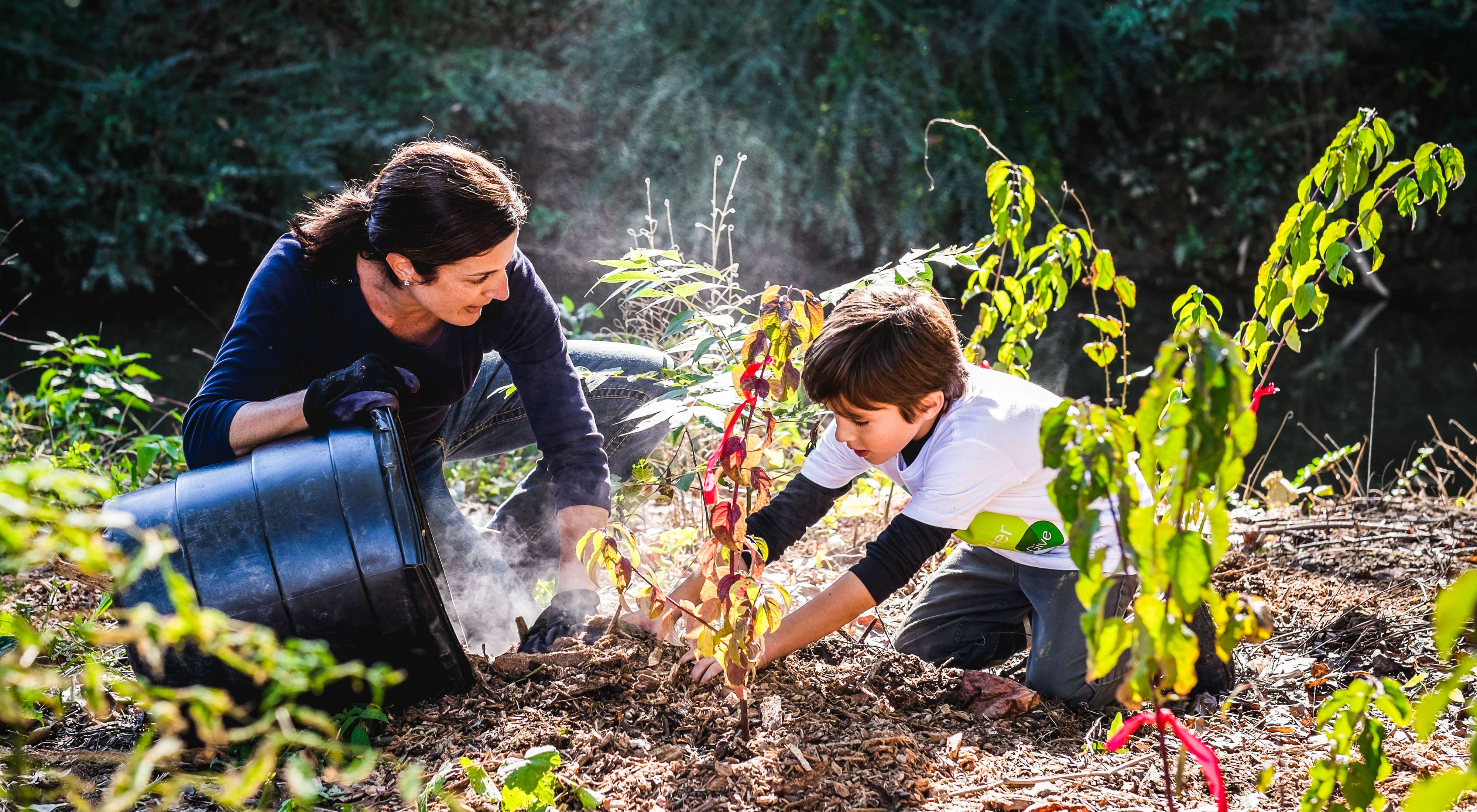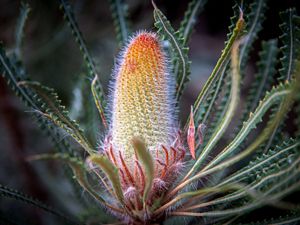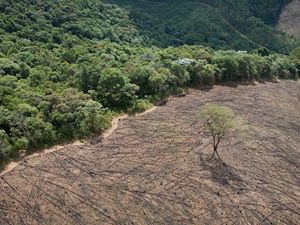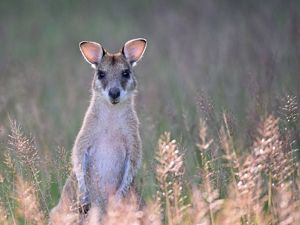We need your help to fight the spread of invasive species.
When these non-native plants and animals establish themselves in our local ecosystems, they outcompete and dislodge species that have evolved specifically to live there.
Invasive plant species can impact soil quality, which in turns accentuates erosion, which in turn can negatively impact our water quality. They threaten native trees and plants which store carbon and provide shade and habitat for animals and other plants.
The best way to fight invasive species is to prevent them from occurring in the first place. You can help stop the introduction and spread of invasive species.
Help protect native plants and animals by following these six easy guidelines:

1. Check the plants you are buying for your garden are not invasive
If possible, replace invasive plants in your garden with non-invasive alternatives. Ask your local nursery staff for help in identifying invasive plants.
For example: Although pretty, the Lantana plant forms dense, impenetrable thickets that take over native bushland and pastures on the east coast of Australia. It impacts 95 threatened plants species in Australia*.

2. When boating, clean your boat thoroughly
Remove all visible mud, plants, fish/animals from your boat, trailer, clothing, dogs, fishing gear or other equipment and dispose of in a suitable rubbish container or on dry land. This is to prevent inadvertently transporting nasties to a different body of water.
Make sure you drain all water from the boat, bilge and wells on land before sailing away.
Never put a living organism from one body of water into another one.

3. Clean your clothes, boots and gear
Do this after each hike to get rid of hitchhiking weed seeds and pathogens. Pick off seeds from shoes and clothes, and check your gear to make sure seeds are not hiding in pockets or on Velcro straps
Keep to designated tracks to avoid spreading diseases into untracked areas, especially on wet ground.
Chytrid is a fungal disease blamed for frog extinctions both here in Australia and overseas. Phytophthora is a root rot that destroys native plants. It's spread in mud and soil on walkers’ boots, bikes and vehicles.

4. Don't "pack a pest" when traveling
Fruits and vegetables, plants, insects and animals can carry pests or become invasive themselves. When travelling interstate, be extra cautious about who you might be travelling with.
Don't move firewood. They can harbour pests. Even healthy wood from healthy trees can attract invasive species if the wood is kept outdoors. The small eggs and larvae of invasive species are difficult to detect. They can hide or lay dormant on or under the bark, or inside the wood itself, escaping detection. If that untreated and raw firewood is moved, the invasive species can spread into new areas.

5. Don't release aquarium fish and plants into the wild
This includes live bait or other exotic animals. If you plan to own an exotic pet, do your research and plan ahead to make sure you can commit to looking after it.
It's not just large fish that can cause havoc. Small ornamental fish species popular in aquariums can be just as great a threat to native fish species.
6. Volunteer
Check out opportunities in your local park, refuge or other protected area to help remove invasive species. There may be a "friends of" group near you where you can help manage a local protected area.

About us
The Nature Conservancy (TNC) has been protecting the environment for nearly 70 years. From our historic work in land acquisition to cutting-edge research that influences global policy, TNC is constantly adapting to take on our planet’s biggest, most important challenges. Our vision is to create a world where people and nature can thrive. With your support, we can put the best conservation science into action right now.
We strive to ensure your vital donations make the largest impact for nature now and for the future of our planet.
To date, our passionate supporters have helped us conserve around 127 million hectares of Australia’s lands and waters. That’s nearly the size of the Northern Territory!
You can help make a difference by making a donation today >
Get email updates
Learn about what we're doing to help protect and conserve Australia's natural environment.



